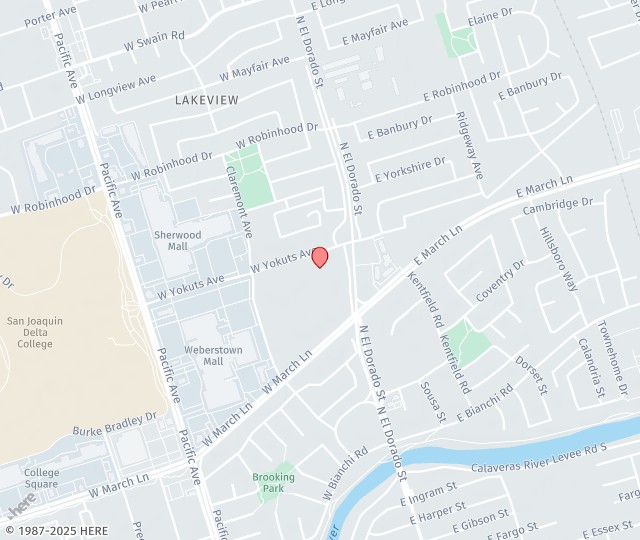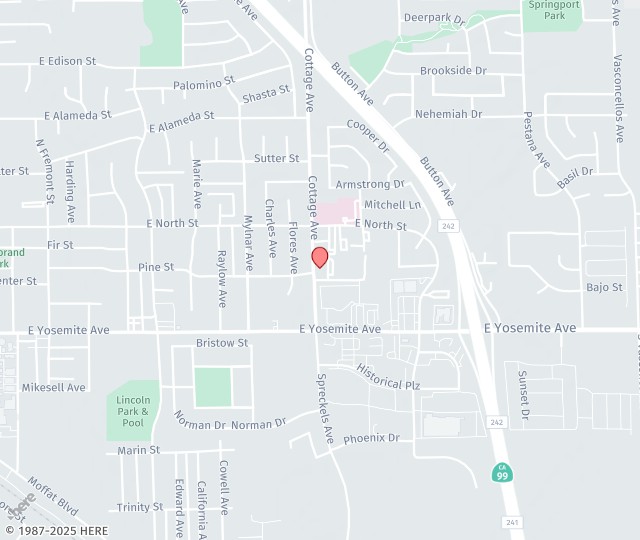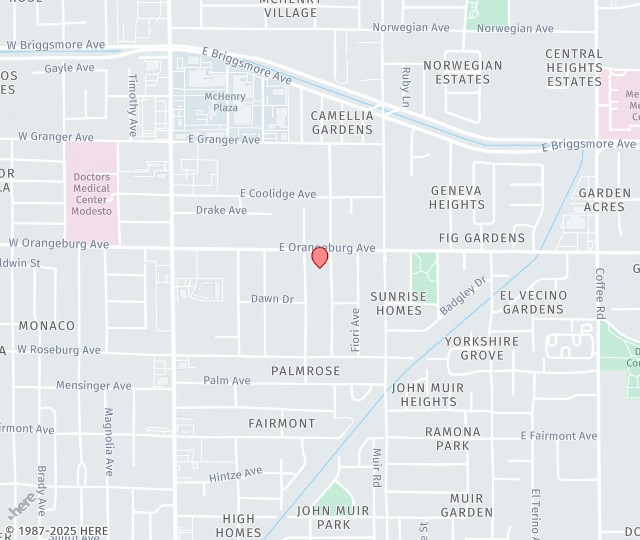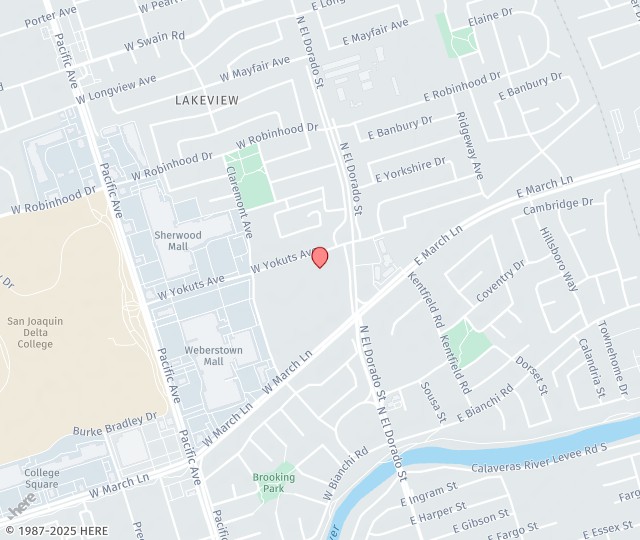 As Americans become larger and larger, making the most of the ubiquitous happy meals and value menus, it goes way beyond having to buy bigger clothes or not looking the way you want in a bikini. Being obese has a direct cause-effect relationship with the development of type 2 diabetes, and this can impact your health in various ways.
As Americans become larger and larger, making the most of the ubiquitous happy meals and value menus, it goes way beyond having to buy bigger clothes or not looking the way you want in a bikini. Being obese has a direct cause-effect relationship with the development of type 2 diabetes, and this can impact your health in various ways.
Among those we track at Central Valley Eye Medical is diabetic retinopathy. While diabetes can increase the odds of a person developing glaucoma or cataracts, those diseases also develop in people without diabetes. The main concern for diabetes patients is diabetic retinopathy, which involves damage to the blood vessels in the retina of the eye. Diabetic retinopathy is one of the leading causes of blindness in the U.S.
In August’s two hot blogs in the Central Valley, let’s get into diabetic retinopathy and what you need to be aware of when it comes to protecting your vision.
What is diabetic retinopathy?
The retina is the light-sensitive tissue at the back of the eye. Diabetic retinopathy is caused by changes in the blood vessels in the retina. These vessels may swell and leak fluid. Abnormal blood vessels may grow on the surface of the retina. Diabetic retinopathy can develop in anyone who has type 1 or type 2 diabetes. The longer a person has diabetes, the more likely diabetic retinopathy will develop.
Diabetes is a disease in which your blood glucose, or blood sugar, levels are too high. Glucose comes from the foods we eat. Insulin is a hormone that helps the glucose get into the cells to give them energy. In type 1 diabetes, the person’s body does not make insulin at all. With type 2 diabetes, your body doesn’t make or use insulin well. In each case, without enough insulin, the glucose stays in the blood, and this can lead to diabetic retinopathy.
How many diabetics get retinopathy?
More than 40 percent of diabetics in the U.S. have some form of diabetic retinopathy.
What are the symptoms of diabetic retinopathy?
One problem with diabetic retinopathy is that it often doesn’t show early symptoms, but damage can be occurring in the eye. It usually affects both eyes. Symptoms may include:
- Floaters
- Blurred vision
- Fluctuating vision
- Impaired color vision
- Dark or empty areas in your vision
- Vision loss
If you have diabetes, it’s imperative to see the team at Central Valley Eye Medical Group for yearly eye exams. During dilation, we can spot early signs of diabetic retinopathy. Call us to make your appointment, (800) 244-9907.



